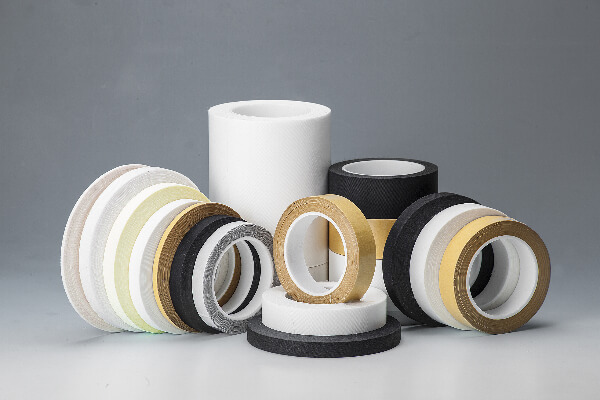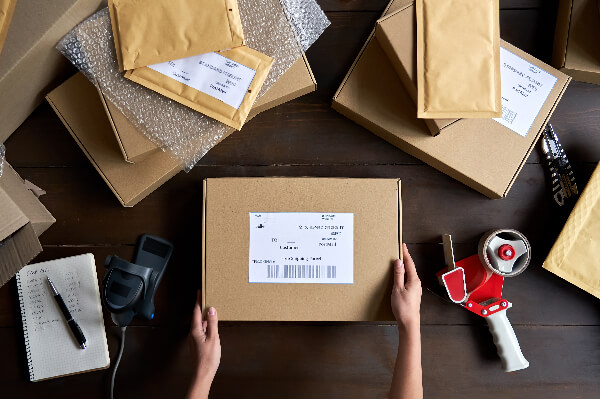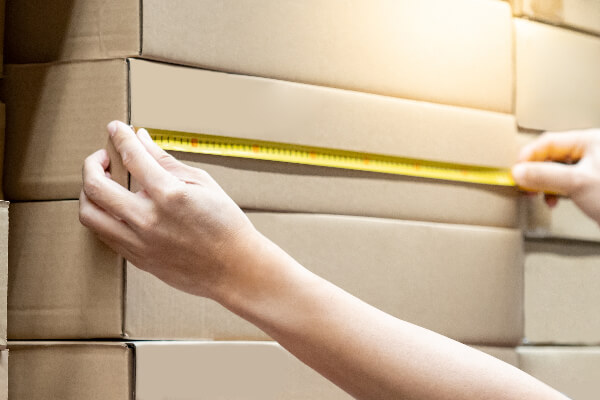The global coffee market is expected to grow significantly, with the market size projected to reach USD 223.78 billion by 2023 and continue growing at a compound annual growth rate (CAGR) of 5.4% from 2024 to 2030. In the fiercely competitive world of coffee sales, have you considered how packaging could be more than just a container but a key asset in your product’s appeal? At ReanPackaging, we understand that the right packaging not only ensures the freshness and flavor of coffee but also serves as the primary communicator of your brand’s story and values to consumers. This comprehensive guide will explore why coffee packaging matters, the various types available, and how to select and design the perfect packaging for your coffee products.
Why Quality Coffee Packaging is Crucial
Protecting Product Integrity
The primary purpose of coffee packaging is to protect its contents. Coffee is highly susceptible to environmental factors such as air, moisture, light, and temperature, all of which can degrade its quality by altering its flavor profile and freshness. Effective packaging, such as ReanPackaging’s multi-layer laminated bags, acts as a barrier against these elements, ensuring the coffee remains as fresh as the day it was roasted. Have you noticed how different packaging choices affect the taste and freshness of coffee over time? Proper packaging makes all the difference in retaining those delicate aromas and flavors.
Enhancing Brand Visibility and Consumer Appeal
Coffee packaging is also a critical component of branding. It is often the first point of contact between your product and potential customers.ReanPackaging’s custom packaging solutions can help your brand stand out on the shelf and communicate the quality, origin, and uniqueness of your coffee, appealing directly to consumers’ desire for specialty products.
Sustainability Concerns
Today’s consumers are more environmentally conscious. PAt ReanPackaging, we prioritize sustainable materials—recyclable, biodegradable, or compostable—to meet the demands of eco-conscious consumers. Sustainable packaging reduces the ecological footprint of your product, a feature that our clients find particularly valuable in today’s market.
Coffee Packaging Applications
Whole Beans
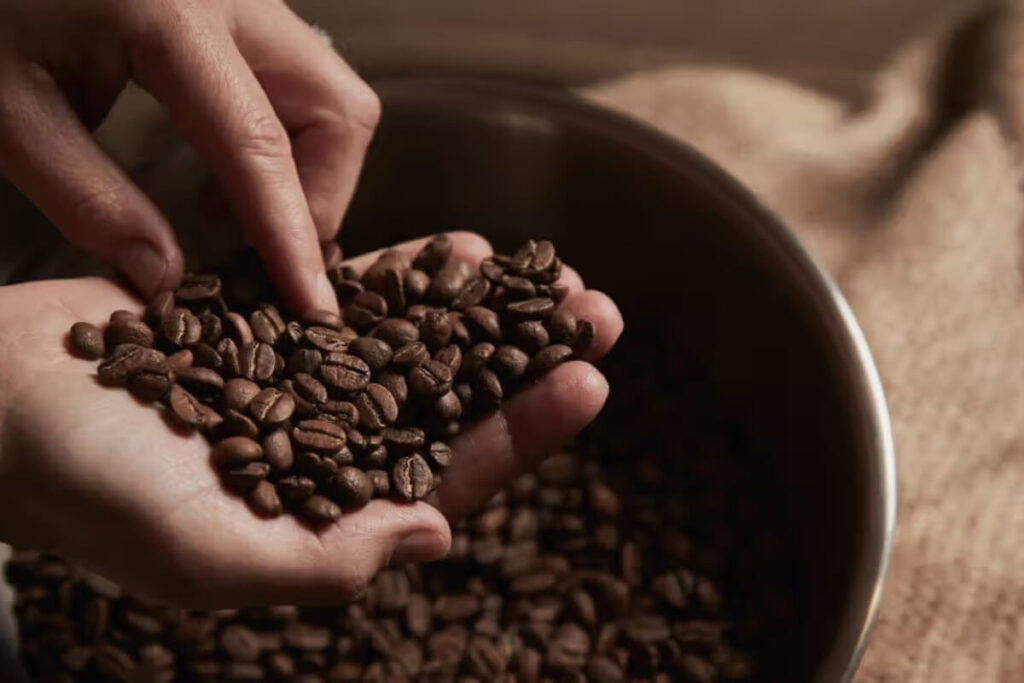
Whole beans have the longest shelf life when stored properly. Packaging options like sealed foil bags with one-way degassing valves allow carbon dioxide to escape while preventing oxygen and moisture from entering, which is crucial for maintaining freshness.
Ground Coffee
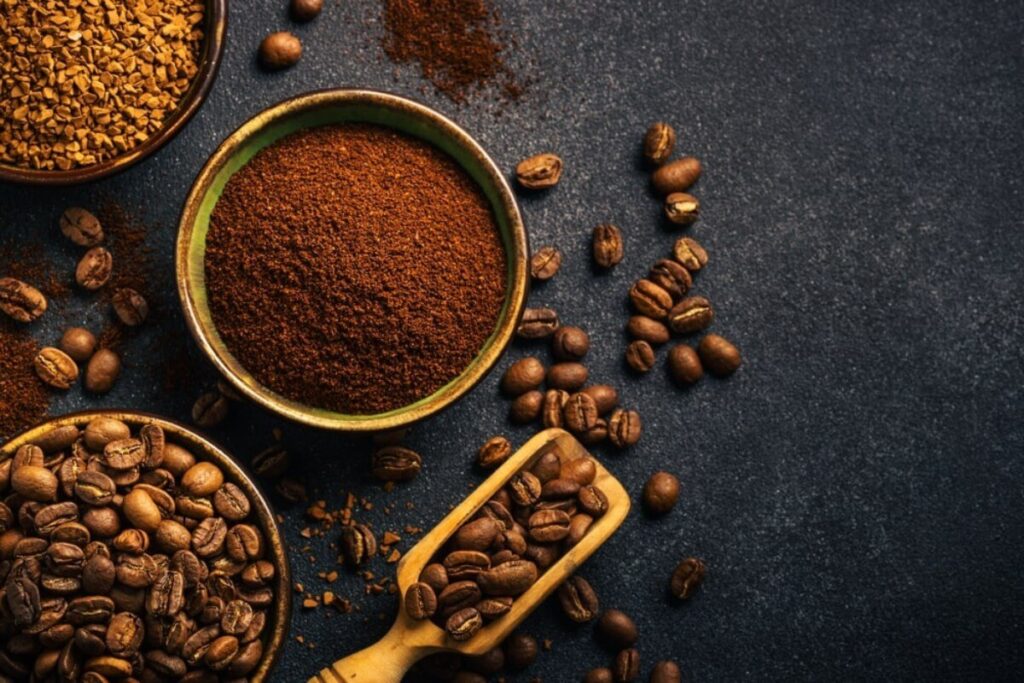
Ground coffee has more surface area exposed to air, making its freshness more fleeting. Vacuum-sealed bags or cans are ideal for ground coffee because they minimize oxygen exposure, preserving flavor and extending shelf life.
Instant Coffee

The convenience of instant coffee is best complemented by single-serve packets or stick packs, which protect against humidity and contamination. These packs are also portable, making them popular among consumers who wish to enjoy their coffee on the go.
Types of Coffee Packaging
Exploring the various packaging types can help you understand which will best suit your product’s needs:
Traditional Packaging
Flat Bottom Bags

Also known as block bottom bags, these combine the benefits of a stand-up bag and add stability on shelves, making them great for retail display.
Quad Seal Bags
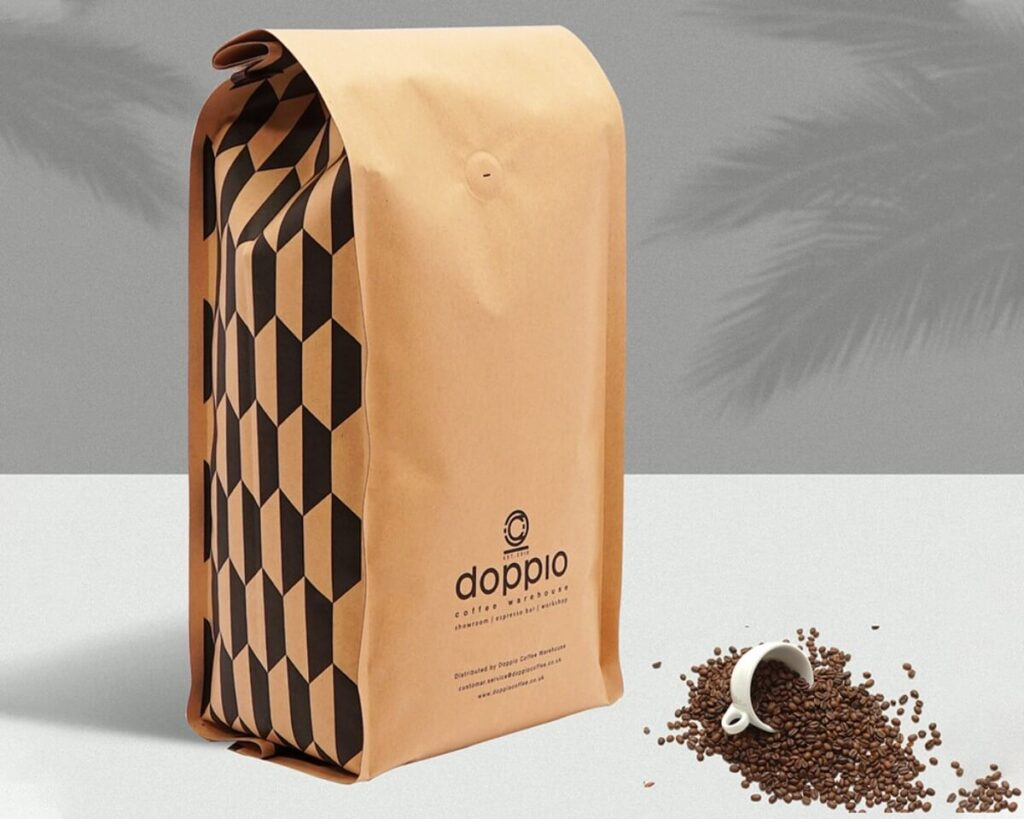
These bags have seals on all four corners, standing upright with a structured appearance, offering high durability and optimal shelf space usage.
Modern Innovations
Doypack (Stand-up Pouches)
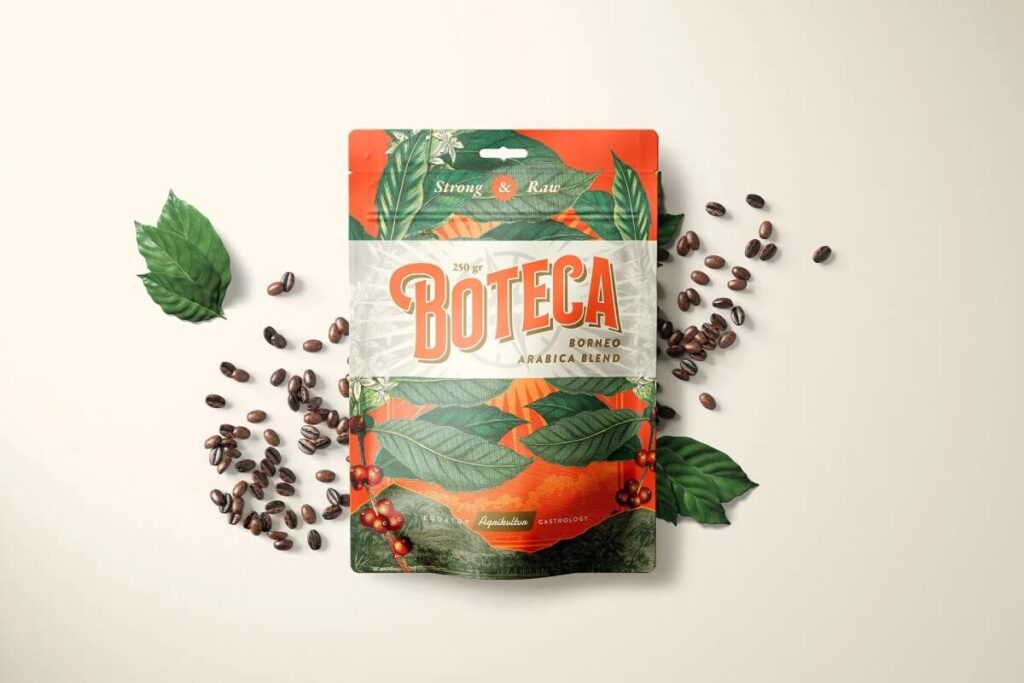
Flexible and resealable, these pouches are popular for their convenience and modern look. They can include features like zip locks, spouts, and windows to enhance functionality and visual appeal.
Pillow Bags
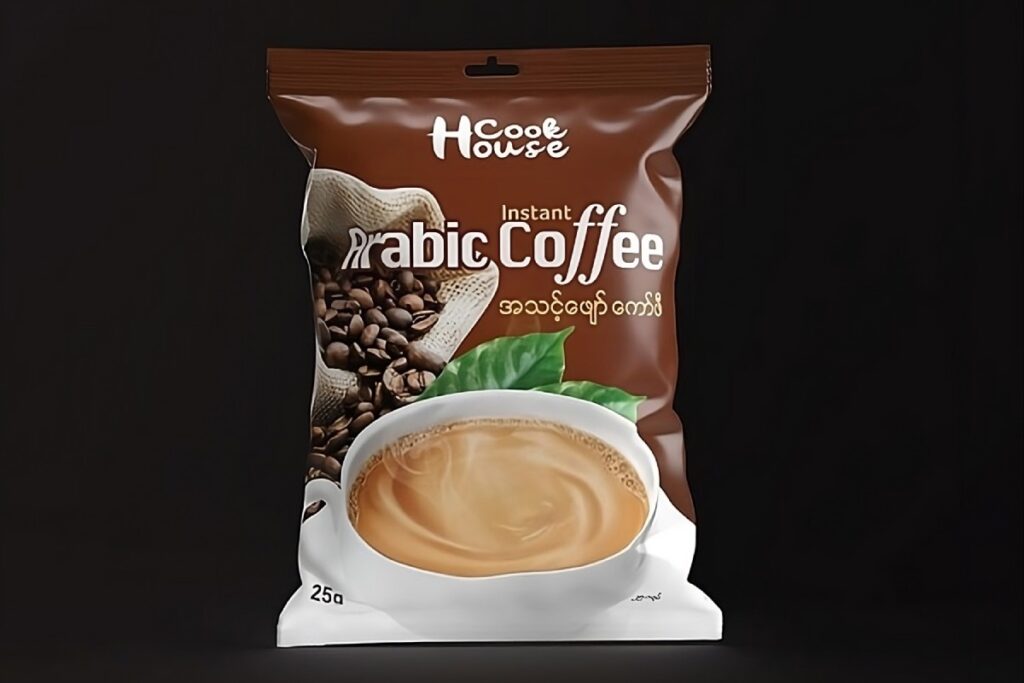
These are cost-effective and commonly used for larger quantities of coffee. Although they offer less protection against environmental factors, they are lightweight and reduce shipping costs.
Glass Containers
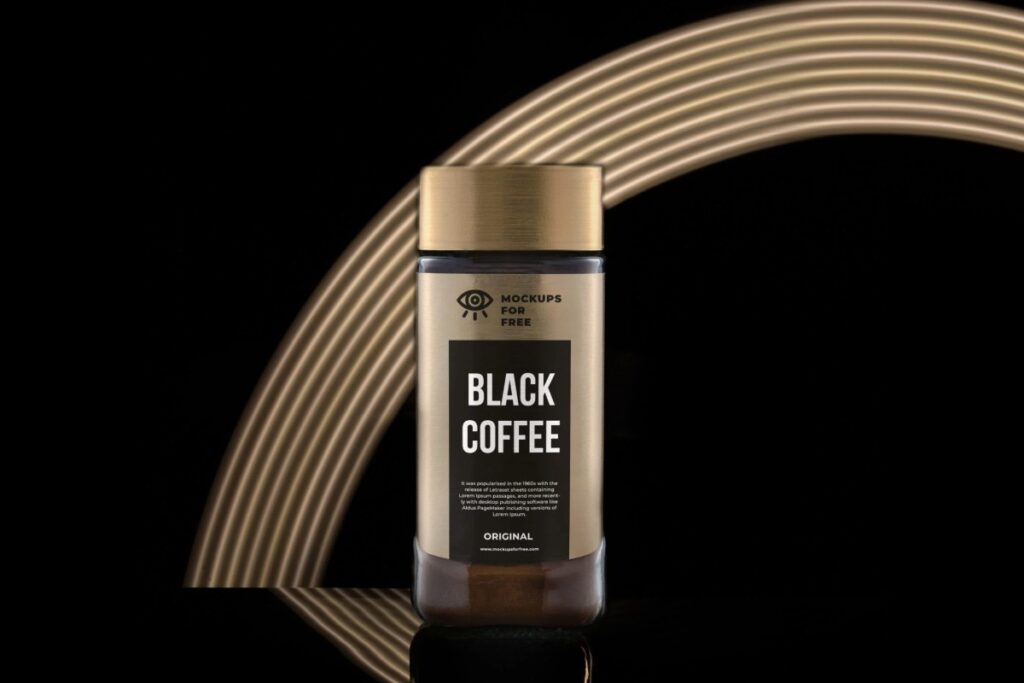
Provide a premium look and can be reused or recycled, appealing to eco-conscious consumers.
Specialty Options
Side-fold Pouches
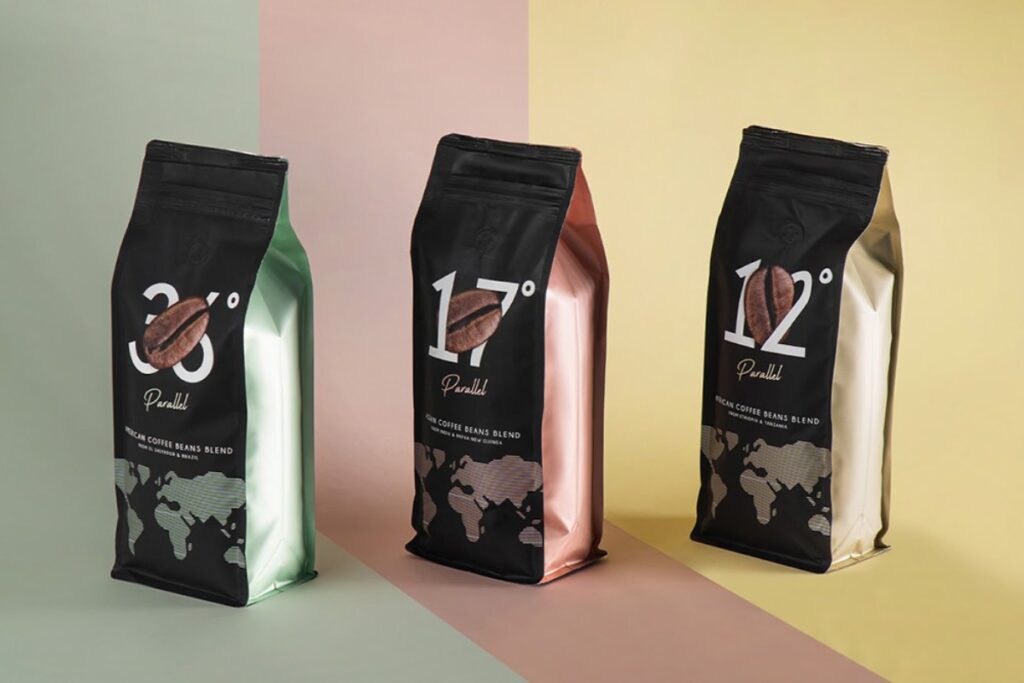
Offer flexibility and a classic coffee bag look, suitable for various coffee quantities.
Vacuum Brick Bags
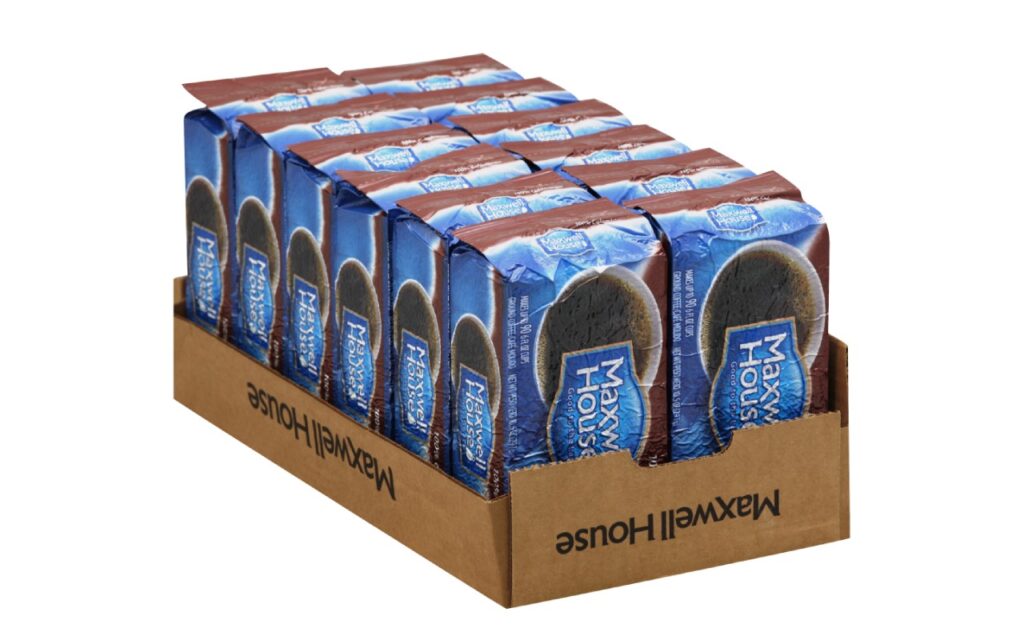
These are ideal for preserving freshness in finely ground coffee, as they prevent air from degrading the product.
Sachets and Stick Packs

Perfect for single servings, these offer convenience and maintain the freshness of each serving.
Primary and Secondary Coffee Packaging
Primary Coffee Packaging: Ensuring Freshness and Quality
Primary packaging directly contacts the coffee and is crucial for preserving freshness and preventing contamination. It plays a pivotal role in maintaining the integrity and flavor of the coffee until it reaches the consumer. At ReanPackaging, we offer three common types of primary coffee packaging, each designed with quality and consumer experience in mind:
Coffee Bags
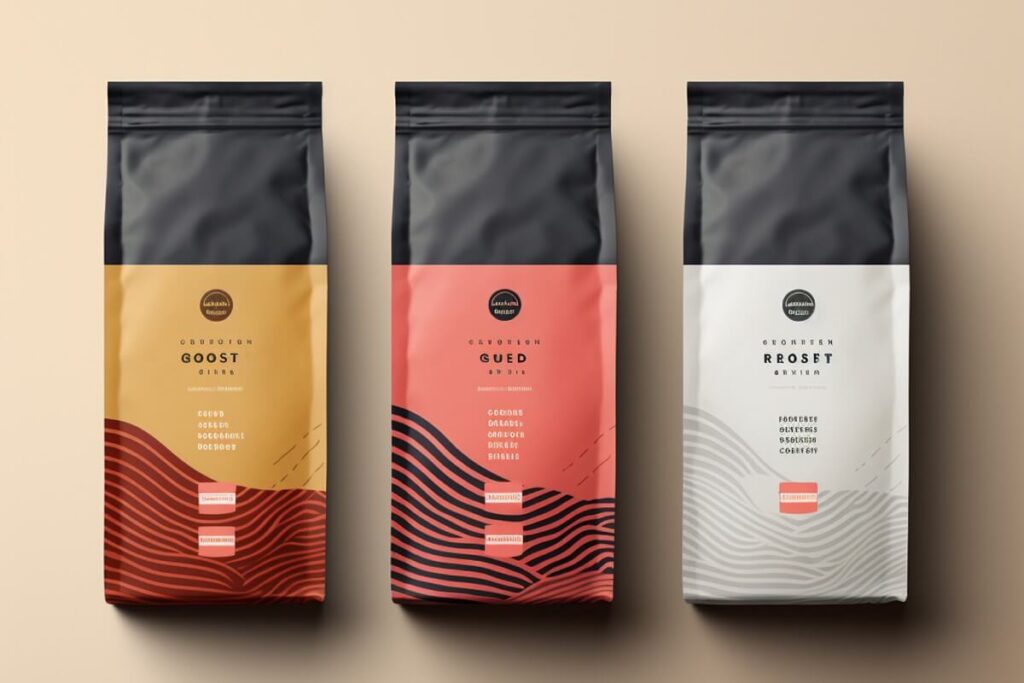
Coffee bags are one of the most popular choices for packaging both whole beans and ground coffee. They can be equipped with features that extend the product’s shelf life and enhance user convenience:
- Materials: Typically made from multi-layer laminates that include a barrier layer to protect against oxygen and moisture.
- Degassing Valves: These allow the release of carbon dioxide emitted by fresh coffee while preventing air from entering, which is essential for preserving flavor and preventing the bag from bursting.
- Sealable Features: Many coffee bags come with resealable zippers or tin ties, which help keep the coffee fresh after the initial opening.
Coffee Cans
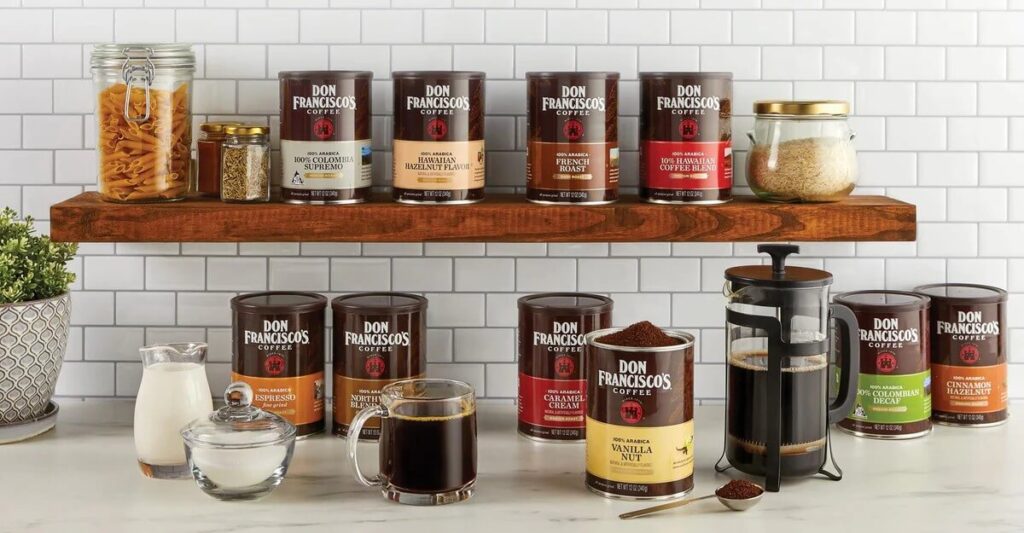
Metal cans have been used for decades to package coffee, offering a robust barrier against light, air, and moisture:
- Durability: Coffee cans are hardy and protect the contents from physical damage during transport.
- Airtight Seals: Most coffee cans come with airtight seals, which are crucial for maintaining the coffee’s freshness until the can is opened.
- Recyclability: Metal cans are highly recyclable, making them a favorable choice from an environmental sustainability perspective.
Coffee Pods
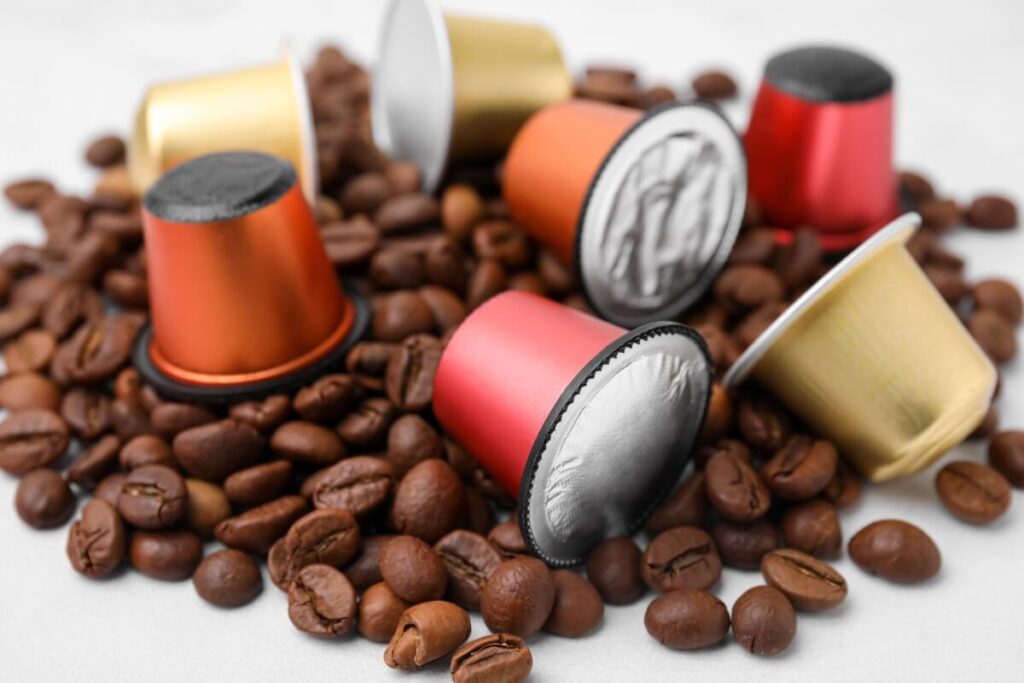
Coffee pods offer a convenient, single-serving option that has gained popularity with the rise of pod brewing machines:
- Convenience: Pods provide a quick, clean, and easy way to brew a single cup of coffee with consistent quality.
- Preservation: Each pod is sealed after nitrogen flushing, a process that removes oxygen from the pod, ensuring the coffee remains fresh until brewed.
- Variety: Coffee pods allow consumers to choose from a wide range of coffee flavors and blends without committing to a large quantity.
Secondary Packaging: Branding and Protection
Secondary packaging adds an extra protective layer to primary coffee packaging while serving as an ideal space for branding.ReanPackaging’s customizable secondary packaging options support brand visibility and ensure safe handling during distribution. Here’s a breakdown of common secondary packaging options:
Coffee Cartons
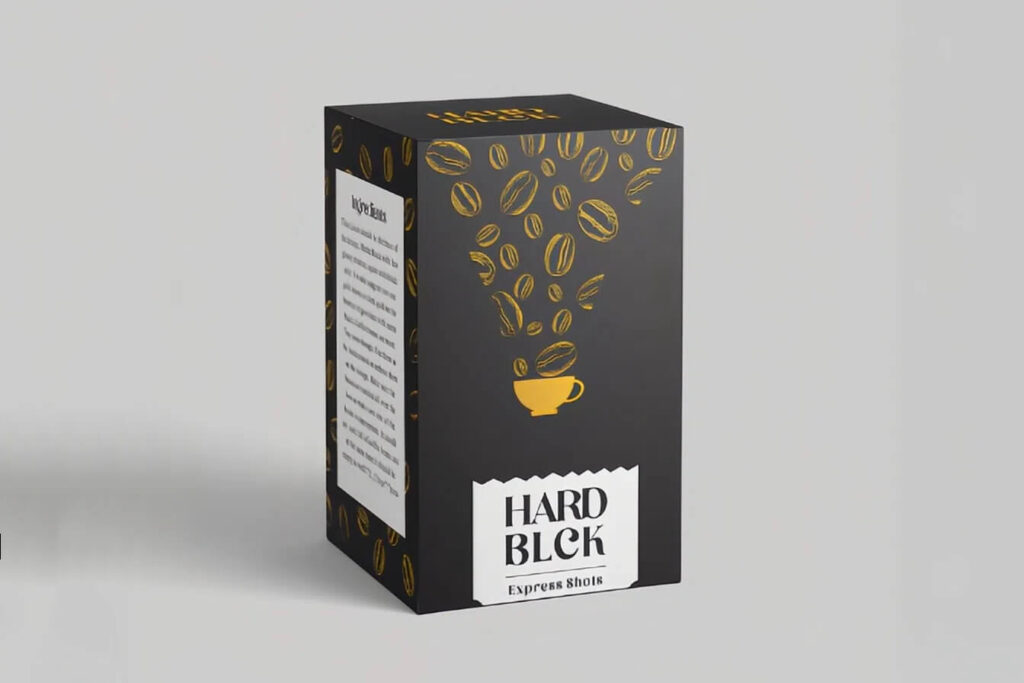
Sturdy and often made from cardboard, coffee cartons provide excellent protection for coffee products during transport. They can also be easily customized with branding elements to enhance shelf appeal.
Coffee Pouches
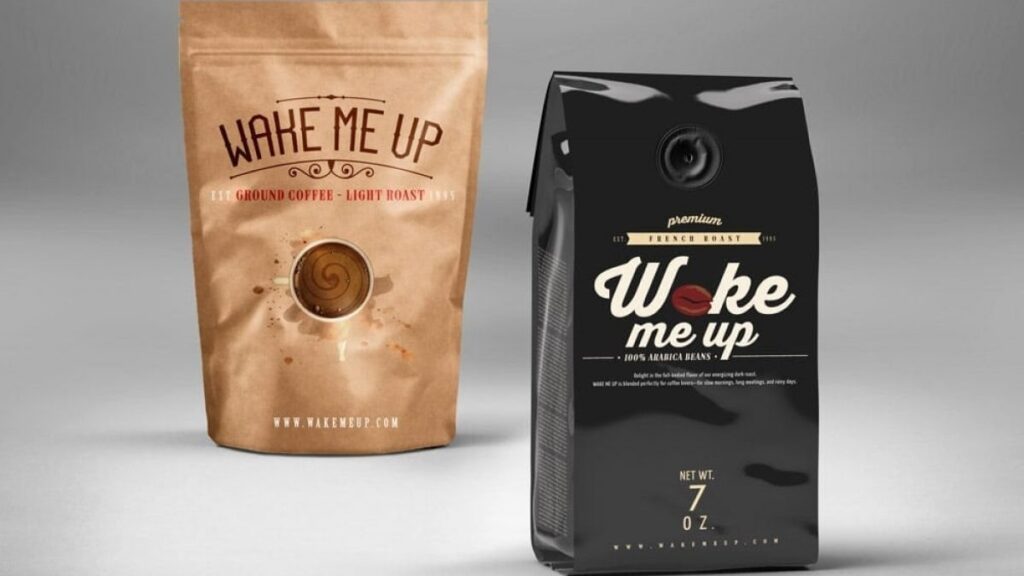
Flexible and lightweight, coffee pouches are frequently used to bundle single-serve or smaller coffee packages together. They offer ample space for branding and can be resealed, making them convenient for consumers.
Coffee Boxes
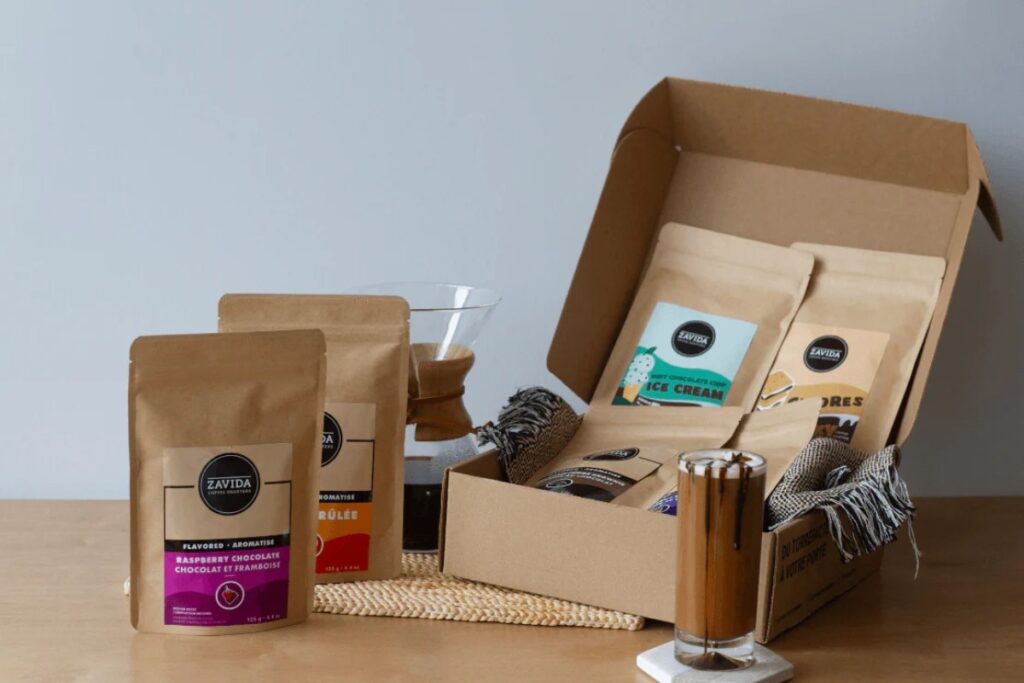
Typically used for larger quantities or multi-pack bundles, coffee boxes offer high durability and support custom printing for brand recognition. They are ideal for retail displays, enhancing brand presence on the shelf.
10 Considerations for Choosing Coffee Packaging
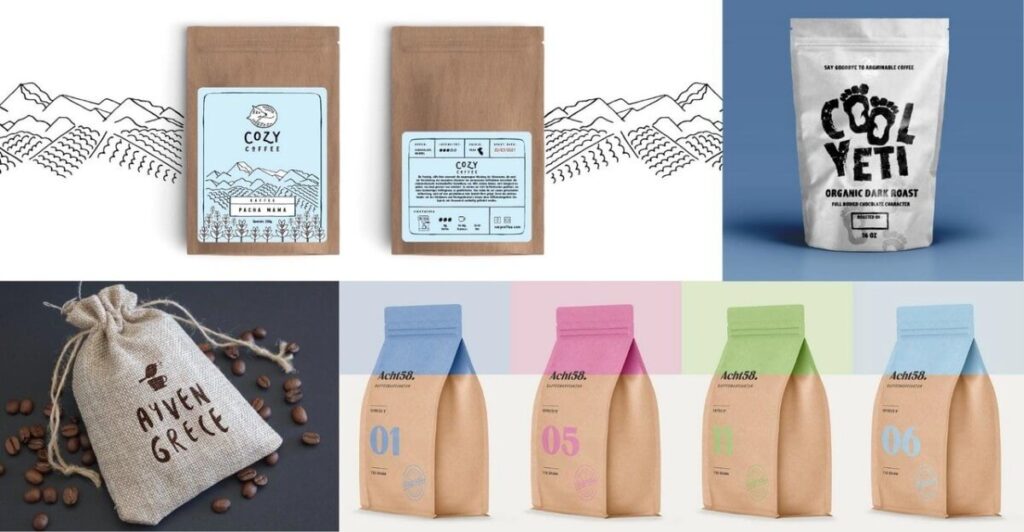
When selecting packaging, several factors must be considered to ensure it meets the needs of both the product and the consumer market. At ReanPackaging, we guide clients through each consideration to ensure optimal packaging choices.
Degassing Valves

Degassing valves allow gases from freshly roasted coffee to escape without letting air in, preserving flavor and preventing package expansion or burst.
Gas Flushing
Gas flushing involves replacing oxygen in the coffee package with inert gases like nitrogen to prolong freshness and prevent oxidation.
Top Seals

Top seals are crucial for maintaining the integrity of the package, protecting the coffee from contaminants and preserving its freshness during transport and storage.
Environmental Sustainability
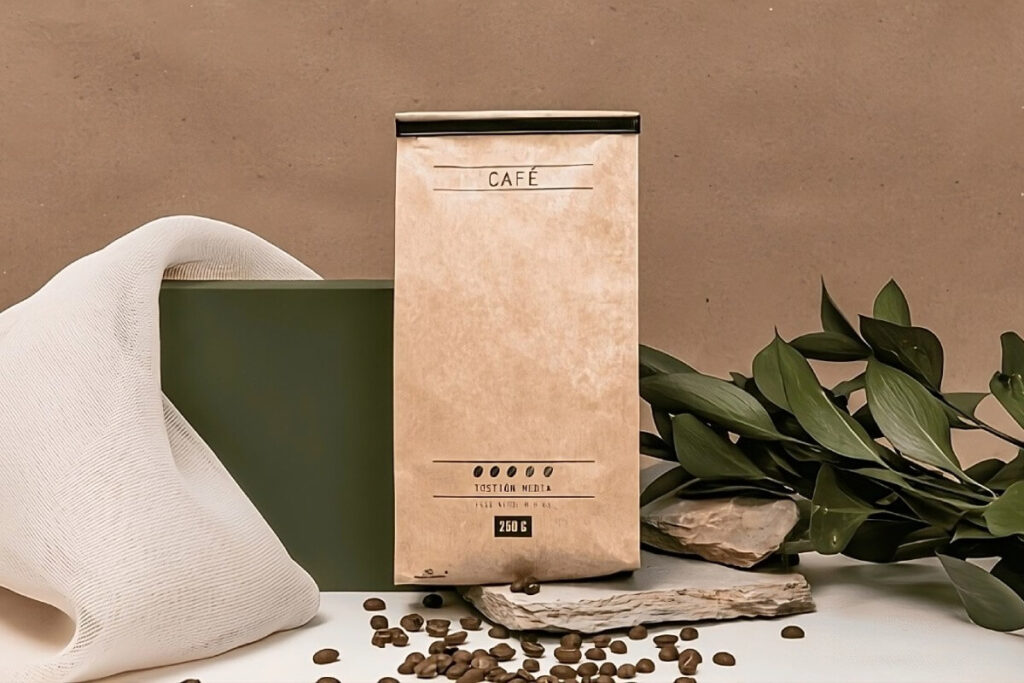
Using sustainable materials like biodegradable plastics or recycled paper reduces environmental impact and aligns with consumer preferences for eco-friendly products.
Labels
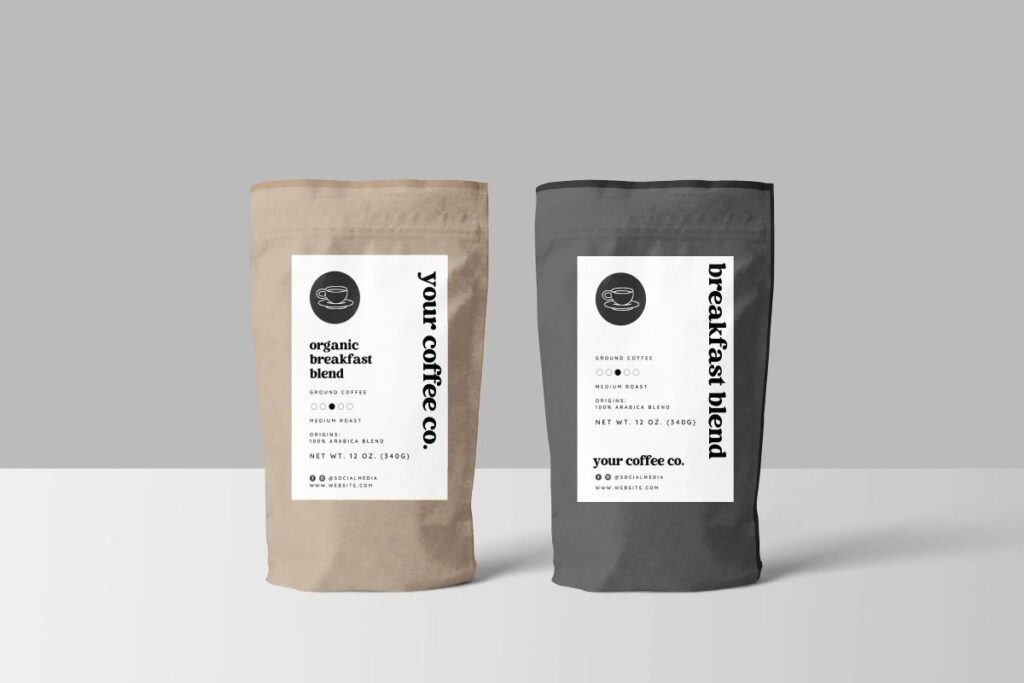
Labels must comply with regulations and provide essential product information, serving both to inform consumers and enhance the coffee’s market appeal.
Material
Material choices impact the protective quality of the packaging and influence the product’s shelf life and freshness, along with the brand’s environmental footprint.
Visibility
Features like clear windows in packaging allow consumers to view the product directly, enhancing trust and aiding in the decision-making process.
Brand Identity
Packaging that reflects a brand’s identity helps to distinguish it from competitors, resonate with the target audience, and enhance brand loyalty.
Ease of Use
Consumer-friendly features such as resealable closures and easy-open tabs improve user experience and can encourage repeat purchases by enhancing convenience.
Cost
Effective packaging needs to balance functionality and cost-effectiveness to ensure that it does not negatively impact the product’s price point or profitability.
How to Design Good Coffee Packaging for Your Brand
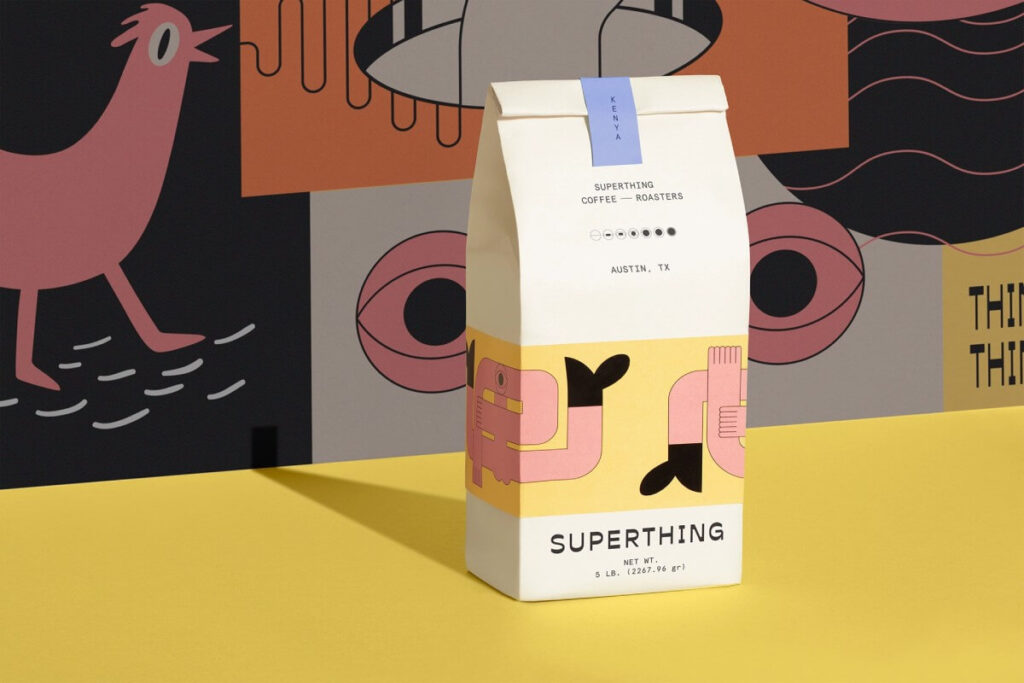
Creating compelling coffee packaging that captures attention and drives sales involves a mix of strategic design and targeted marketing. With ReanPackaging’s experience in coffee packaging, here’s how you can craft packaging that stands out and truly represents your coffee brand.
Understand Who Are Your Customers
Understanding who your customers are is the first step in creating effective packaging. Different demographics have varying preferences and buying behaviors. For example, younger consumers may be drawn to modern, vibrant designs, while older audiences might prefer more traditional, understated packaging. Conducting market research to gather insights about your audience’s preferences, such as style, usability, and sustainability concerns, can help tailor the packaging design to meet their expectations.
Showcase Your Brand
Your packaging is a direct reflection of your brand, and every element from color schemes to typography should align with your brand’s identity. This helps in building brand recognition and loyalty. For instance, if your brand promotes organic products, using green color tones and natural imagery can reinforce this message. Consistency across all packaging types ensures that your brand is easily recognizable, whether it’s on a shelf or in an online store.
Be Direct and Simple
Simplicity often leads to effectiveness. A clear and concise design ensures that important information about the coffee, such as roast type, origin, and flavor notes, is easy to read and understand. With ReanPackaging’s design support, you can ensure these essentials are visible and clearly communicated.
Apply Captivating Imagery
Visual appeal can significantly influence buying decisions. Utilizing high-quality, eye-catching graphics can make your packaging pop off the shelf. Whether it’s a minimalist design with bold colors or a complex illustration that tells a story, the graphics should grab attention and make the consumer want to learn more about the product. Investing in professional design services can ensure your packaging is visually appealing and effective.
Enhance Usability
Ensuring your coffee packaging is functional and accessible enhances user experience. ReanPackaging can include features like easy-open tabs and clear resealing instructions, making your product user-friendly and appealing to a wider audience.
Refine Through Testing
Once a design is developed, it’s crucial to test it within your target market. ReanPackaging offers testing insights to help refine packaging before full-scale launch, ensuring that every design performs optimally in the market.
10 Elements Should Be Included on Coffee Labels
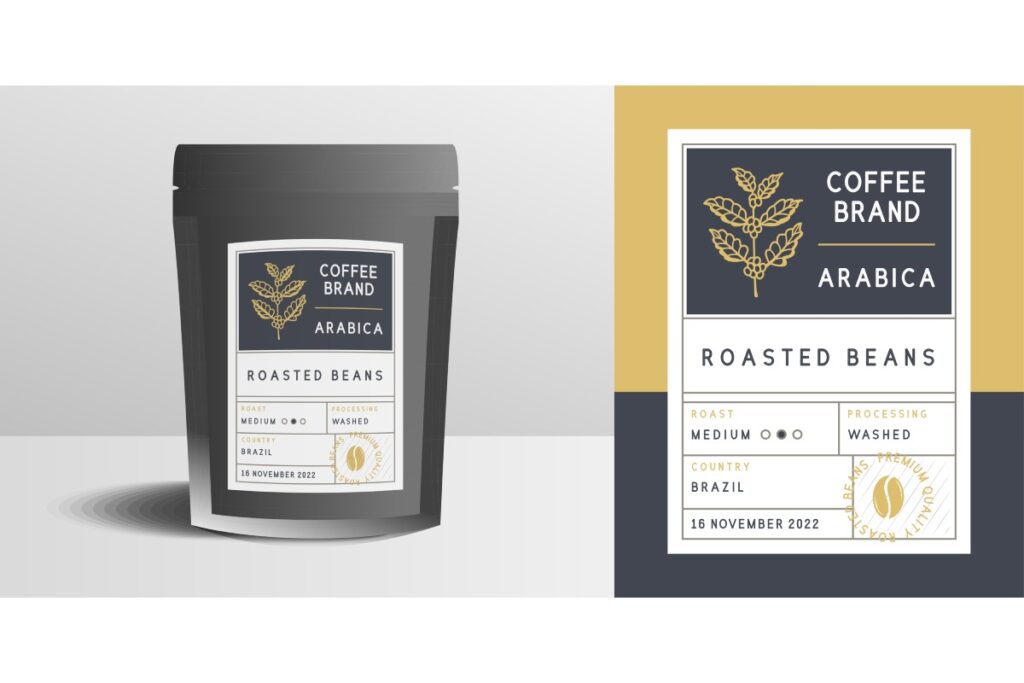
Proper labeling of coffee packaging is essential not only for compliance with regulatory standards but also for providing consumers with necessary product information. Here’s a breakdown of what should be prominently featured on a coffee label:
Name of Product
The product name should be the most prominent piece of text on the label. It serves as the first identifier for consumers and helps them distinguish your coffee from others on the shelf. Ensure the product name reflects the type of coffee, such as “Single-Origin Ethiopian Roast” or “French Vanilla Ground Coffee,” providing an immediate sense of what’s inside the package.
Net Weight
Including the net weight of the coffee is a regulatory requirement in many regions and is critical for transparency. It tells consumers exactly how much coffee they are purchasing. This information should be displayed in both metric and imperial units (grams/ounces) to cater to a broad audience and ensure comprehension regardless of the consumer’s preferred measurement system.
Ingredients
For coffee, the ingredient list might seem straightforward, but it is crucial, especially for blends or flavored coffees. The label should specify if the coffee includes additional flavors or ingredients besides coffee beans. This section is particularly important for consumers with allergies or dietary restrictions and for those concerned about artificial additives.
Expiration Date
Including the expiration date on the coffee packaging is crucial for ensuring consumers enjoy the product at its best quality. This date helps customers understand how long the coffee will remain fresh and provides guidance on storage needs to maintain optimal flavor.
Roast Date
For specialty coffee enthusiasts, the roast date can be just as important as the expiration date. Providing the roast date lets consumers know the freshness of the coffee, which is vital for taste and overall quality. This transparency is highly valued in the coffee community and can set a brand apart in competitive markets.
Brewing Recommendations
Adding brewing recommendations can significantly enhance the consumer experience. This might include suggested brewing methods, grind size, and water temperature, which help consumers achieve the best possible cup from the beans. This guidance is especially appreciated by novice coffee drinkers who are experimenting with different brewing styles.
Certifications
Labels that include certifications like Organic, Fair Trade, or Rainforest Alliance appeal to consumers who prioritize ethical and sustainable sourcing practices. These certifications can increase a product’s credibility and align with the values of consumers who are concerned about the environmental and social impacts of their purchases.
Company Information
Company information includes your brand name, contact details, and sometimes a small story or mission statement. This element of the label builds trust with consumers by providing them with the means to reach out with questions or feedback. It also enhances brand recognition and loyalty by giving your company a personality and ethos that can resonate with customers.
Allergen Information
If the coffee is flavored or processed in facilities that handle common allergens, it’s important to include this information on the label. This helps prevent adverse reactions and ensures safety for consumers with allergies or sensitivities.
Country of Origin
Detailing the country of origin not only satisfies curiosity but also caters to consumers who prefer coffees from specific regions due to flavor profiles or production practices. This can enhance the perceived quality and authenticity of the coffee.
Barcode
A barcode is essential for retail efficiency and inventory management. It allows retailers to scan your product at checkout quickly, facilitating a smoother transaction process. Additionally, barcodes can help track sales data and manage inventory both at the retail and supply-chain levels.
7 Best Coffee Packaging Examples
Mt. Comfort Coffee
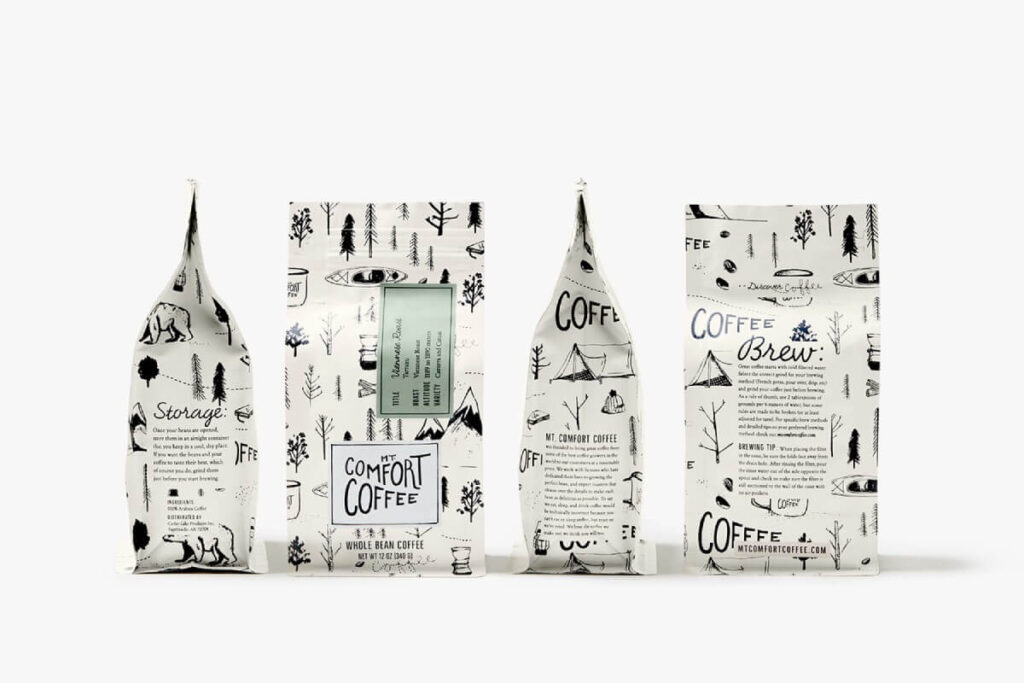
Packaging Highlights:
- Global Appeal: The design incorporates a world map and various international landmarks, which emphasize the global sourcing of the coffee beans, appealing to consumers interested in exotic and diverse origins.
- Color Coding: Each coffee origin has a distinct color scheme, which helps in easy identification and adds to the visual appeal on the shelf.
- Informative Labels: The packaging provides detailed information about the coffee’s origin, roast level, and tasting notes, which is excellent for consumers looking to make informed choices.
Hoppenworth & Ploch Coffee
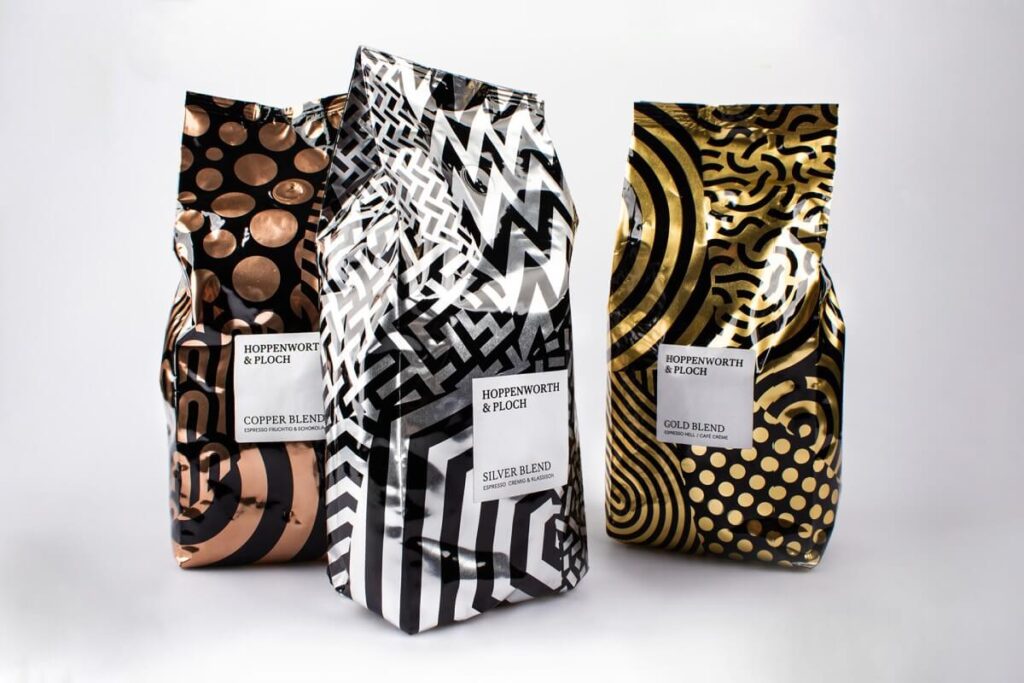
Packaging Highlights:
- Minimalist Design: The use of a clean, minimalist design with bold typography gives it a modern and upscale look.
- Focus on Branding: The prominent display of the brand name builds strong brand recognition and loyalty.
- Contrasting Colors: The use of contrasting colors enhances shelf impact and helps differentiate between different coffee types or roast levels.
25 Coffee Roasters
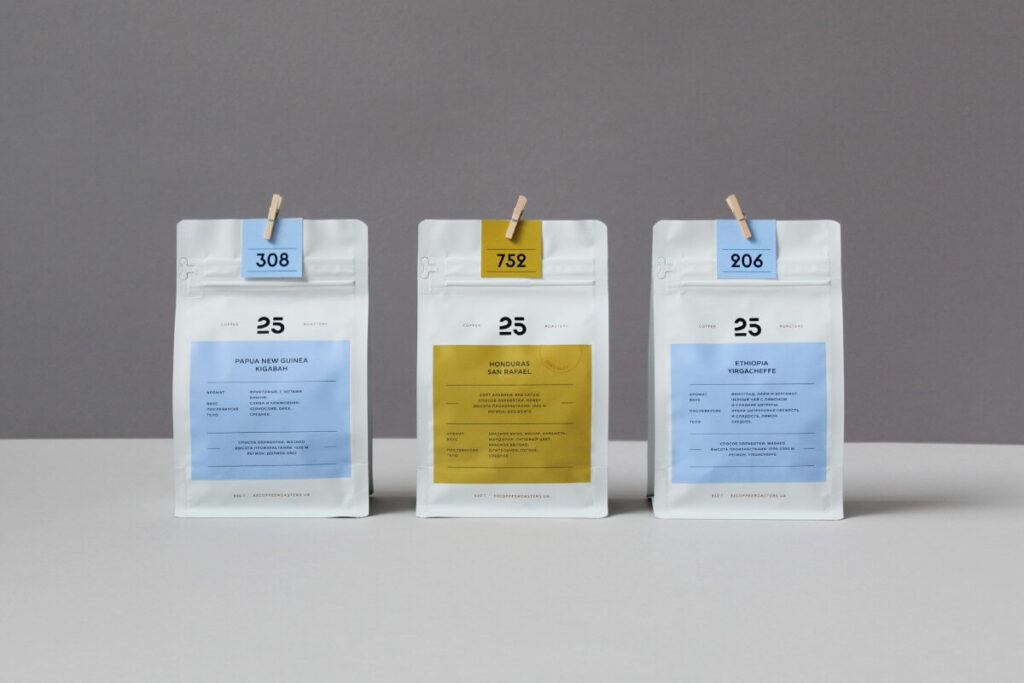
Packaging Highlights:
- Artistic Illustrations: The packaging features unique, hand-drawn illustrations that convey a craft, artisanal quality, appealing to consumers looking for specialty coffee.
- Custom Typography: The custom typeface used on the labels adds a unique personal touch that differentiates the brand in a crowded market.
- Transparency Window: A small window on the packaging allows consumers to see the coffee inside, assuring quality and freshness.
Wroasters Coffee
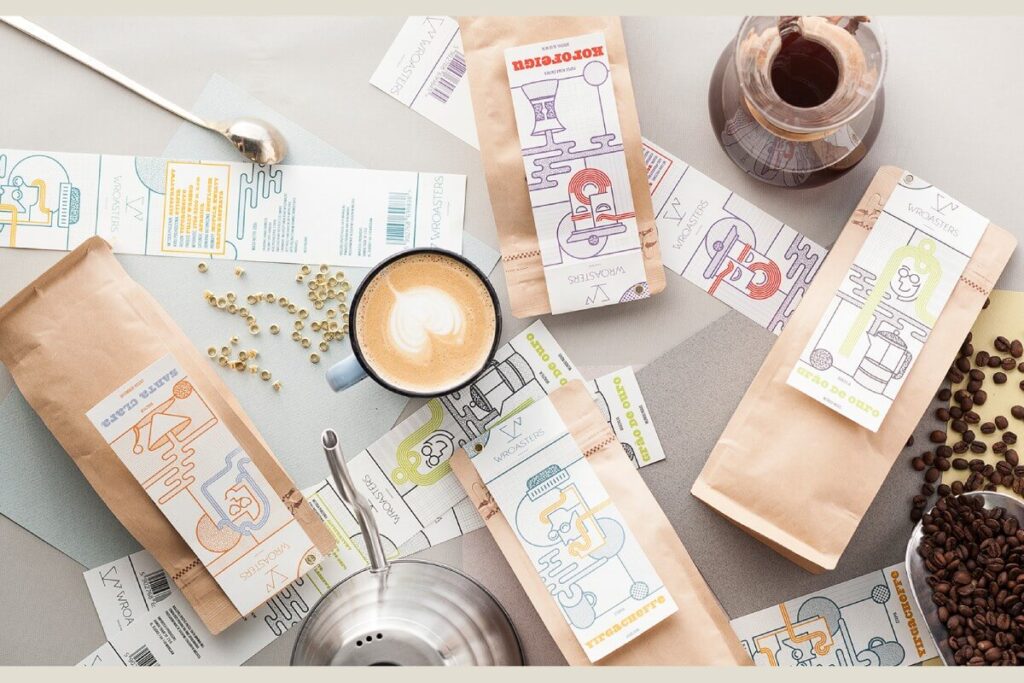
Packaging Highlights:
- Vintage Aesthetic: The use of a vintage aesthetic with a modern twist appeals to both traditional coffee lovers and modern customers.
- Detailed Storytelling: The packaging tells the story of the coffee’s journey from bean to cup, creating an emotional connection with the consumer.
- Material Choice: The use of natural, textured paper materials enhances the organic feel of the product.
Artholic Coffee Roasters
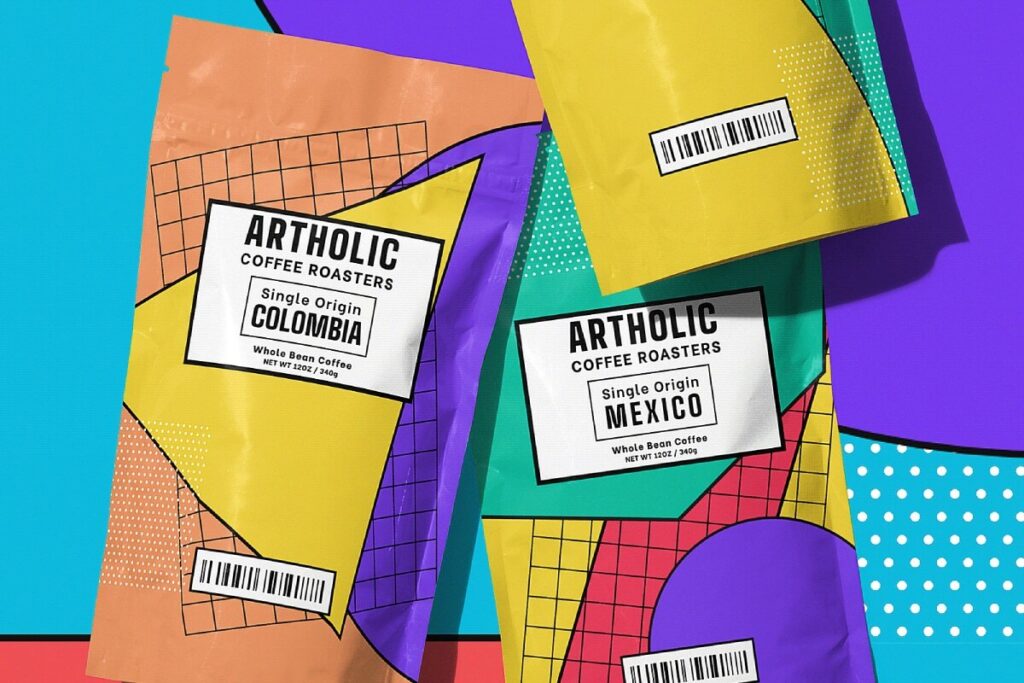
Packaging Highlights:
- Versatility: This mockup scene allows for easy adaptation to different branding needs, making it highly versatile for showcasing potential packaging designs.
- High-Quality Presentation: The high-quality, photorealistic presentation helps stakeholders envision the final product effectively.
- Customization Options: The mockup includes various elements that can be customized, allowing for a tailored presentation that can fit specific marketing strategies.
Mansfield Coffee Merchant
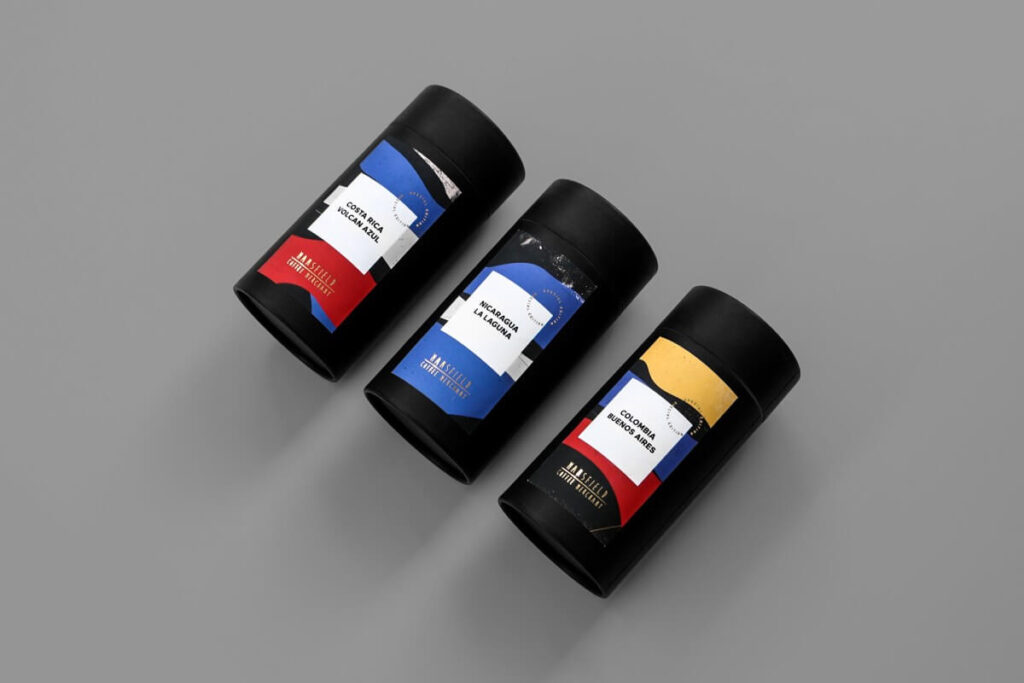
Packaging Highlights:
- Special Edition Appeal: The special edition labels use unique, vibrant designs that stand out, making the product collectible and enhancing its gift appeal.
- Intricate Artwork: The detailed and colorful artwork adds a sense of luxury and uniqueness.
- Thematic Consistency: Each label adheres to a theme that matches the flavor profile or origin story, enhancing the consumer experience through design.
Vietnam Coffee Republic
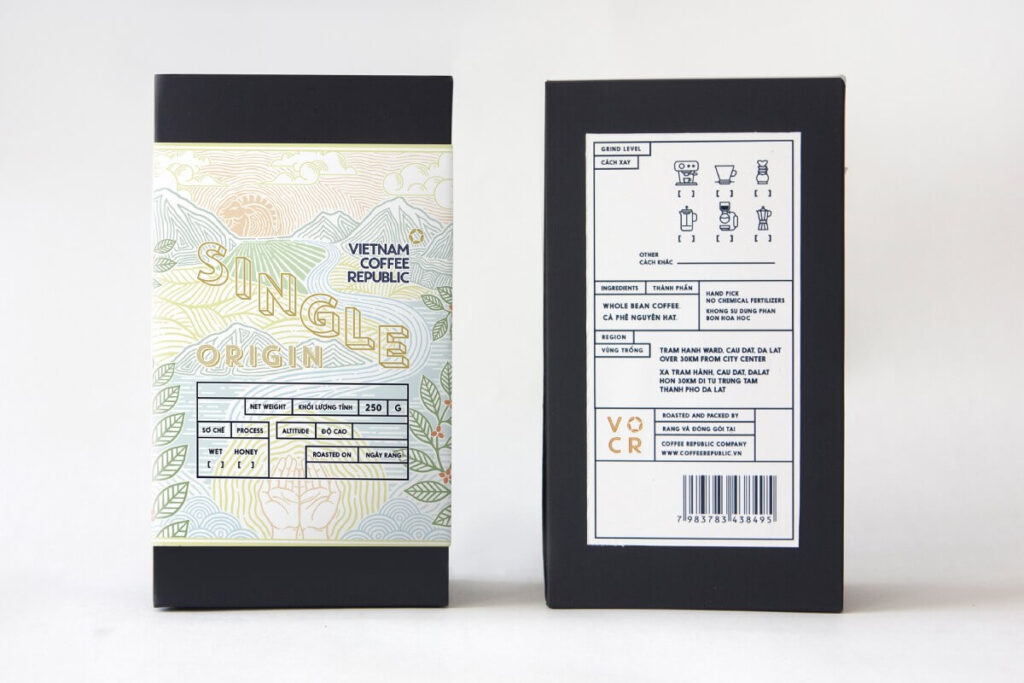
Packaging Highlights:
- Cultural Elements: The design incorporates elements of Vietnamese culture, which enhances the authenticity and appeal of the product, especially for consumers interested in cultural heritage.
- Bold Color Schemes: The use of bold colors not only makes the packaging eye-catching but also helps in distinguishing between different flavors or origins.
- Sleek, Modern Layout: The clean and modern layout of the packaging conveys a premium quality product, aligning with contemporary design trends.
Conclusion
Choosing the right coffee packaging can make a significant difference in how your product is perceived and consumed. With ReanPackaging’s extensive packaging solutions, you get access to innovative, high-quality designs tailored to meet the needs of the coffee industry. Our expertise can help you maintain product freshness, enhance your brand’s visibility, and appeal to environmentally conscious consumers. Visit our website to explore how ReanPackaging can transform your coffee brand with customized packaging solutions that resonate with your target market.

